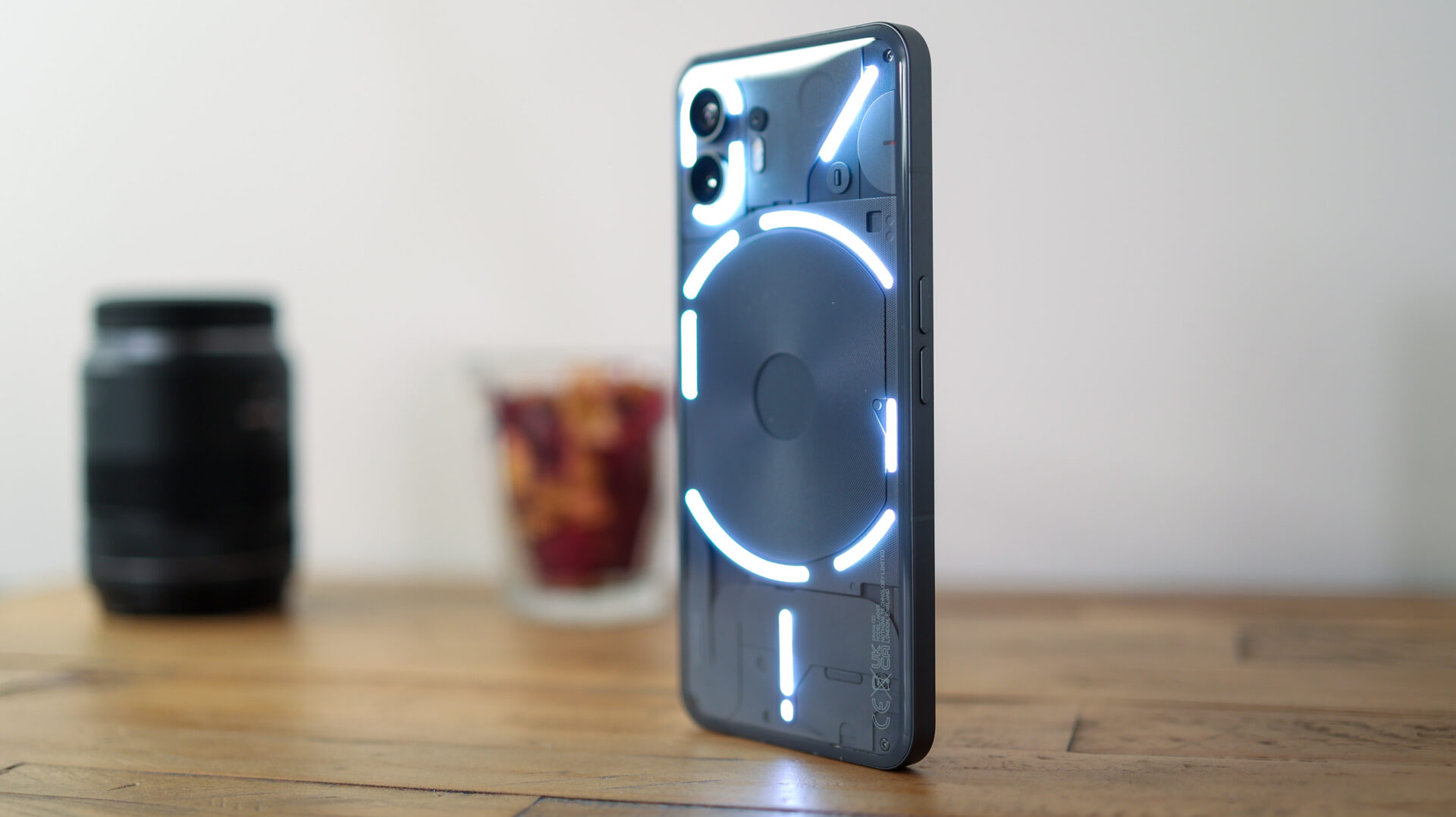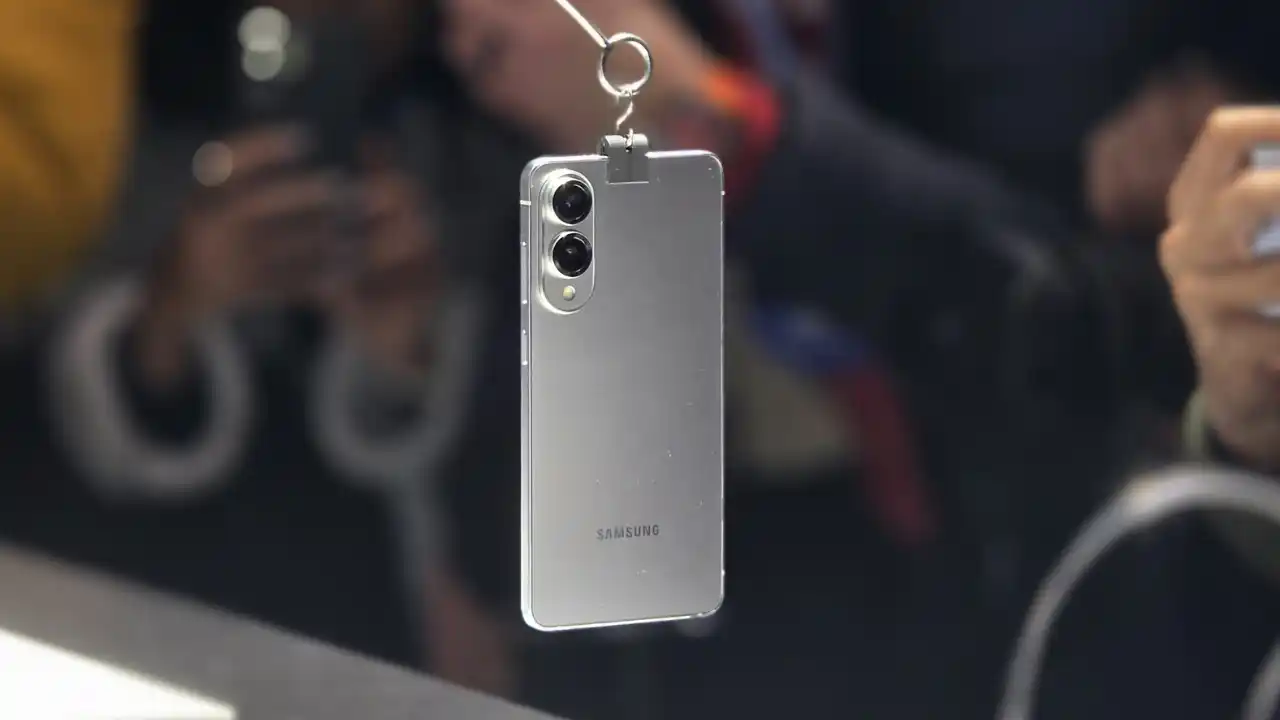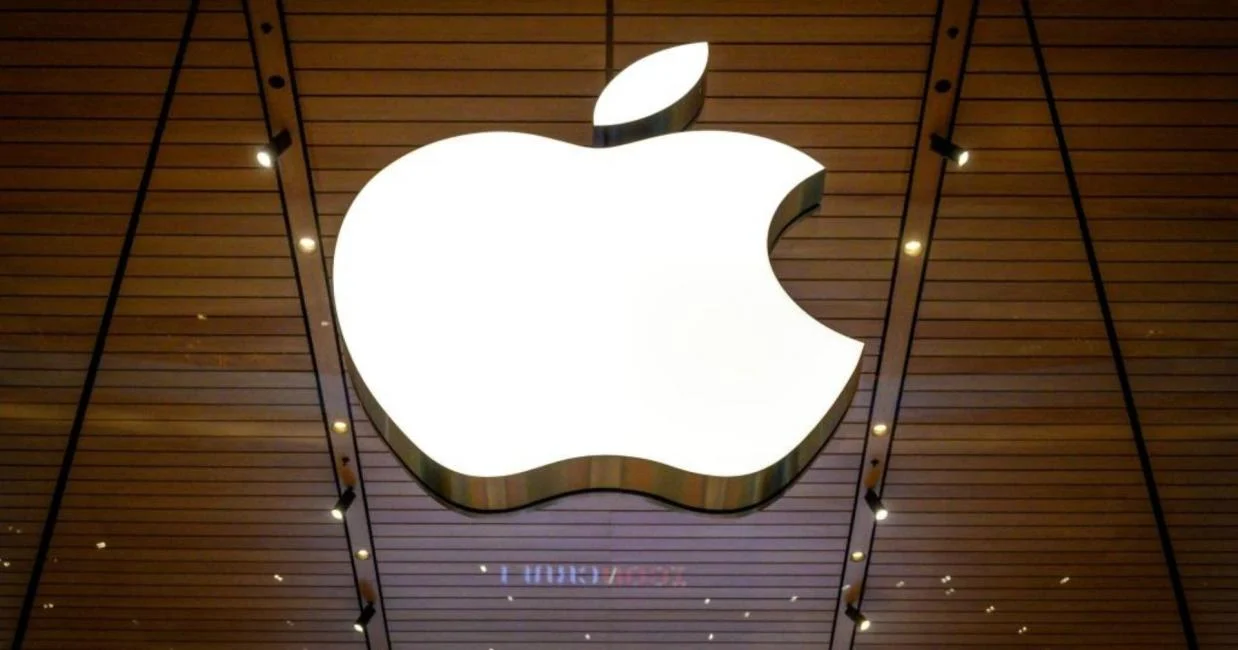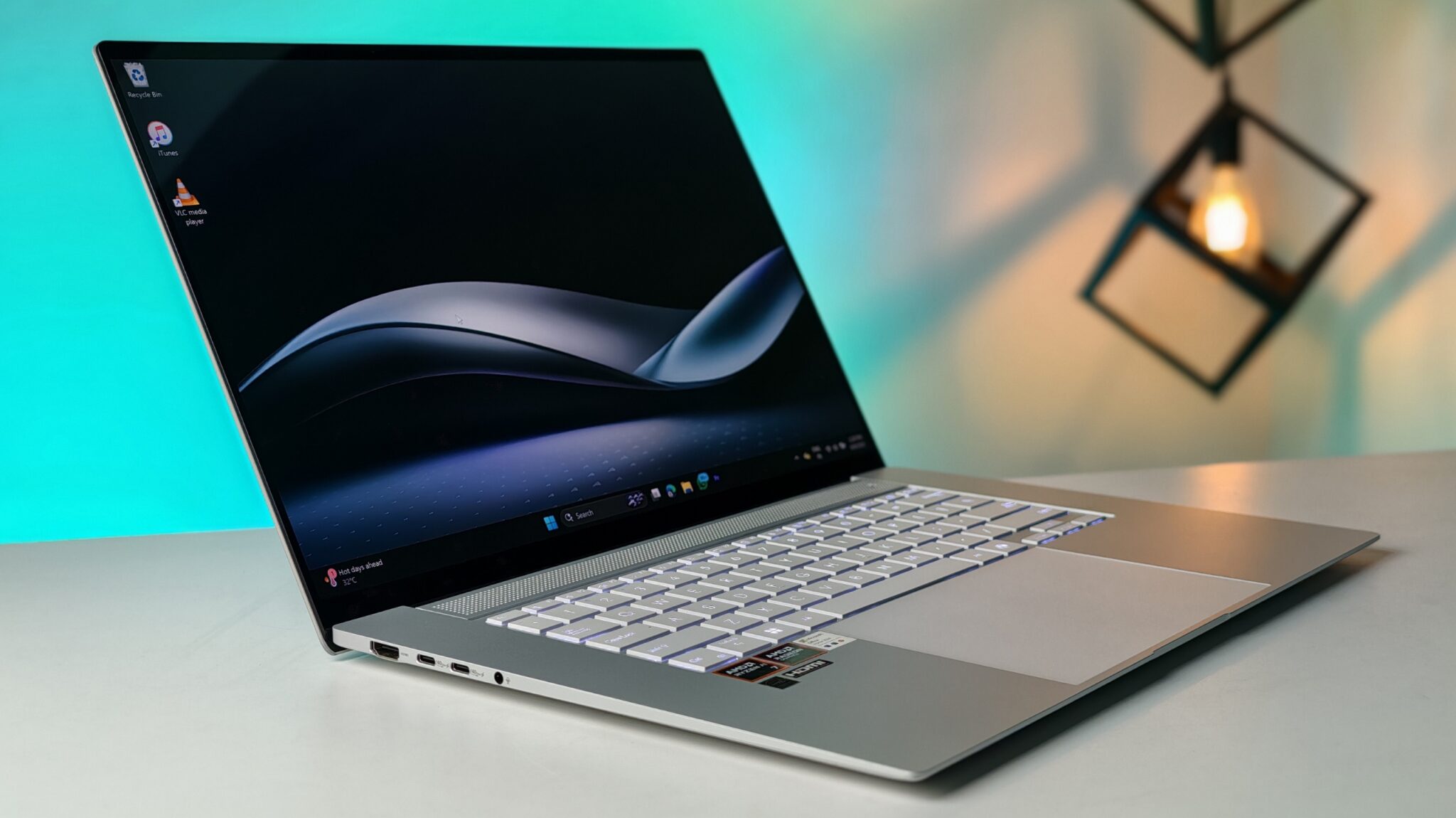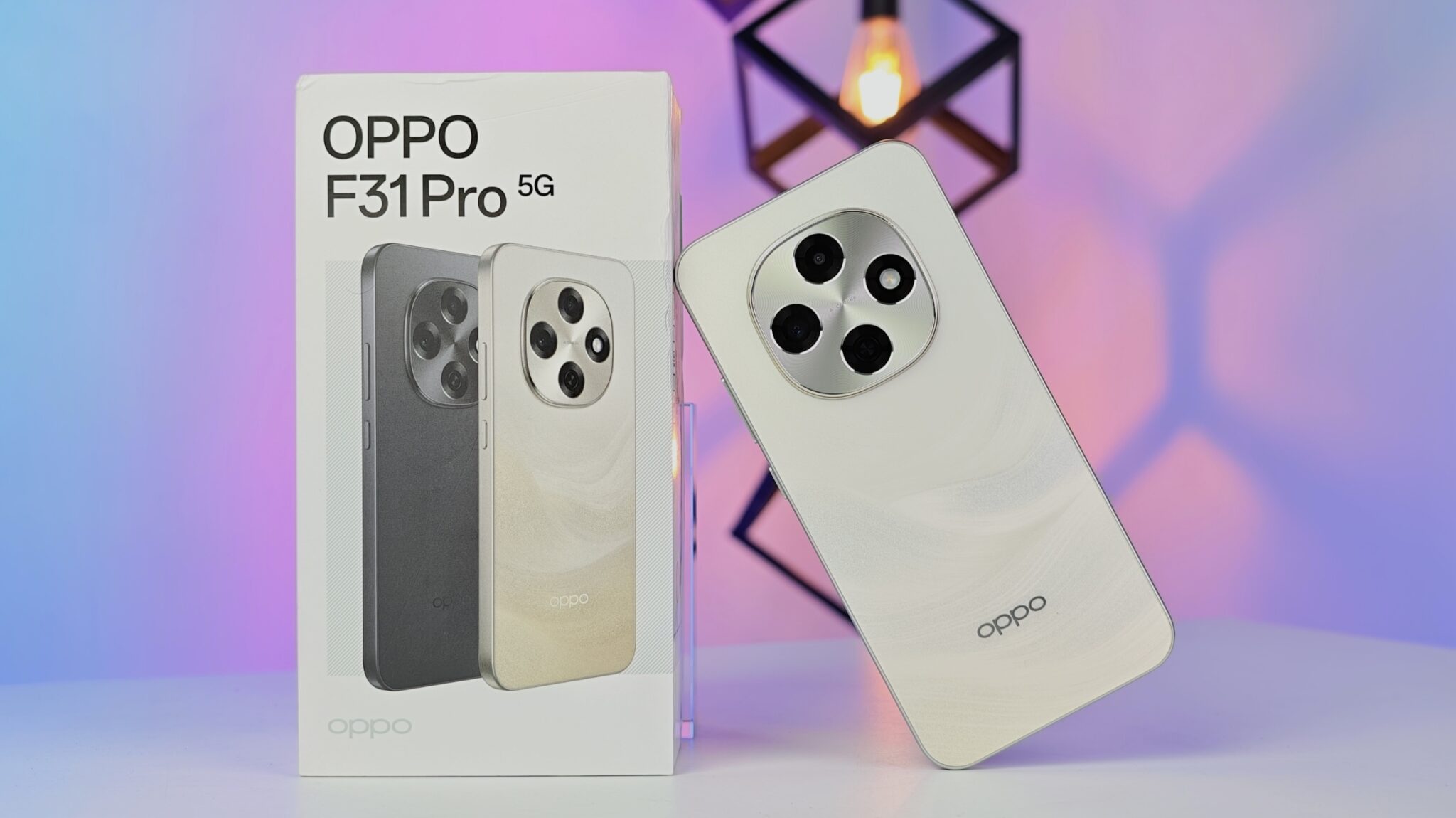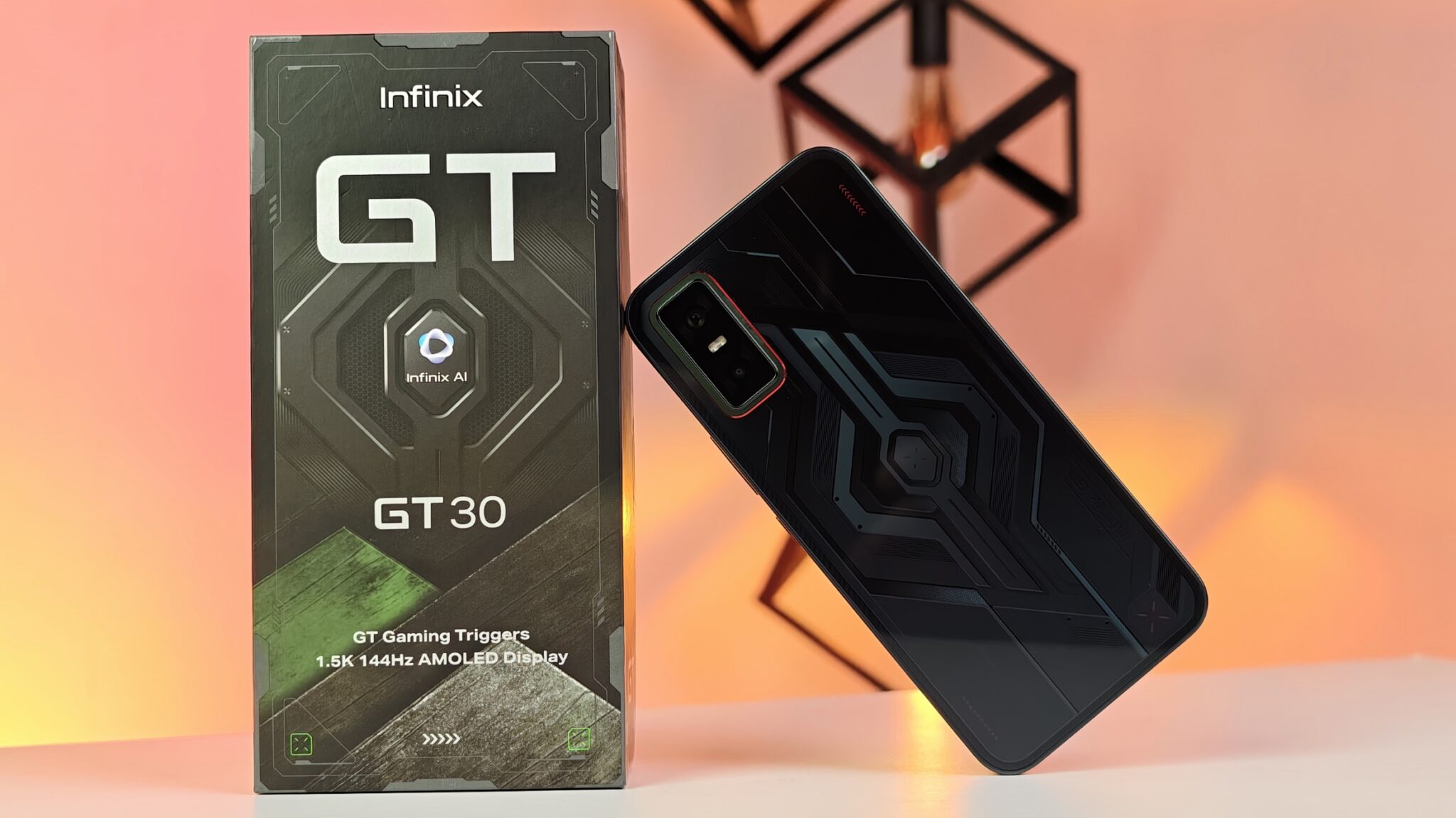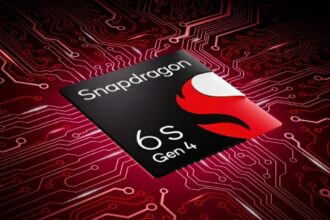The distinct transparent design and interactive Glyph Interface have been staples of Nothing smartphones since day one. These features weren’t just aesthetic flourishes; they helped Nothing carve out a space in a very saturated market. But now, with the upcoming launch of the Nothing Phone 3, things appear to be shifting—and not in a subtle way. Recent teasers hint at the possible removal of the Glyph Interface entirely, sparking debate and curiosity across the tech community.
For a company that’s built much of its identity on standing out, this would be a big move.
The Glyph Interface, for those unfamiliar, is a series of LED light strips embedded into the back of Nothing phones. They weren’t just for show. Users could customize them for notifications, check charging status at a glance, and even use them as a soft fill light for photos. Over time, these lights became almost synonymous with the Nothing brand—a visual shorthand for its offbeat, bold ethos.
A Departure from the Distinct
Now, the narrative is changing. Official teasers released by Nothing on social media, including X (formerly Twitter), have sparked speculation. One teaser in particular, captioned “ultra-precise engineering,” shows off a dual-tone rear panel with sharp new contours. But what it doesn’t show—at all—are the Glyph lights. Combine that with earlier cryptic posts, like the statement “we killed the Glyph Interface,” and the message feels pretty clear: the Glyph, as we know it, might be gone.
If this really is the direction Nothing is heading, it marks a deliberate step away from what made its design language so instantly recognizable. And it’s not just about the lights themselves. For many fans, the Glyph wasn’t just a party trick; it gave the phone personality. Losing it invites a fair question: what, then, will differentiate the Phone 3 from its increasingly similar-looking competitors?
What Could Replace the Glyph?
Nothing has always leaned into a kind of retro-futuristic charm, so if the Glyph Interface is being phased out, you have to wonder what might fill that void. There are rumors—plenty of them. One recurring idea is a “Glyph Matrix”: a pixelated dot-matrix display that could display patterns, logos, maybe even scrolling text. It’s speculative, sure, but it would align nicely with the brand’s throwback aesthetic.
Then again, there’s also the possibility that Nothing is going minimalist. The teaser’s emphasis on “ultra-precise engineering” might suggest a shift towards premium craftsmanship—subtle materials, clean lines, refined finishes. Less visual flair, more tactile elegance. It’s a gamble, but perhaps one that positions the brand in a more mature segment of the market.
Pricing and Flagship Aspirations
The Nothing Phone 3 is set for a global debut on July 1, 2025, with a major launch event in London. It won’t be coming alone—the company also plans to unveil its first over-ear headphones. In a statement, co-founder Carl Pei described the Phone 3 as the brand’s “first true flagship.” That phrasing says a lot. It hints at a shift in focus: toward high-end performance, premium build, and perhaps a more conventional design identity.
Naturally, this new direction comes with a price hike. Reports suggest the Phone 3 could retail around £800 (approximately Rs. 90,000), a steep climb from the Phone 2’s base price of Rs. 44,999 in India. But with that cost presumably comes better specs and a more polished user experience—something closer to what mainstream flagship users expect.
Technical Expectations and Market Position
Rumors and leaks paint a picture of a seriously powerful device. We’re talking about a Snapdragon 8-series chipset—likely a solid leap from the 8+ Gen 1 used in the Phone 2. The display is rumored to be a 6.77-inch AMOLED LTPO panel with a 120Hz refresh rate and peak brightness topping 3,000 nits.
Camera-wise, a triple rear setup is anticipated, including a 50MP main sensor and a periscope telephoto lens, offering more zoom flexibility. On the front, a 32MP selfie camera could be in play. Battery capacity? Expect something over 5,000mAh with fast wired and wireless charging. On the software side, Nothing OS 3.0—built on Android 15—is expected to bring a suite of AI-driven features aimed at enhancing everyday use.
It’s clear that the removal of the Glyph Interface might ruffle some feathers. But maybe, just maybe, it’s part of a broader strategy. Nothing could be aiming to grow up a little, moving from niche disruptor to credible flagship contender. It’s a delicate balance: lose too much of your identity, and you risk alienating your core. But evolve just enough, and you might gain a whole new audience.
As July 1 draws closer, the tech world will be watching. Whether this design shift becomes a turning point or a misstep remains to be seen. Either way, it’s a bold play—and that, if nothing else, still feels very Nothing.


